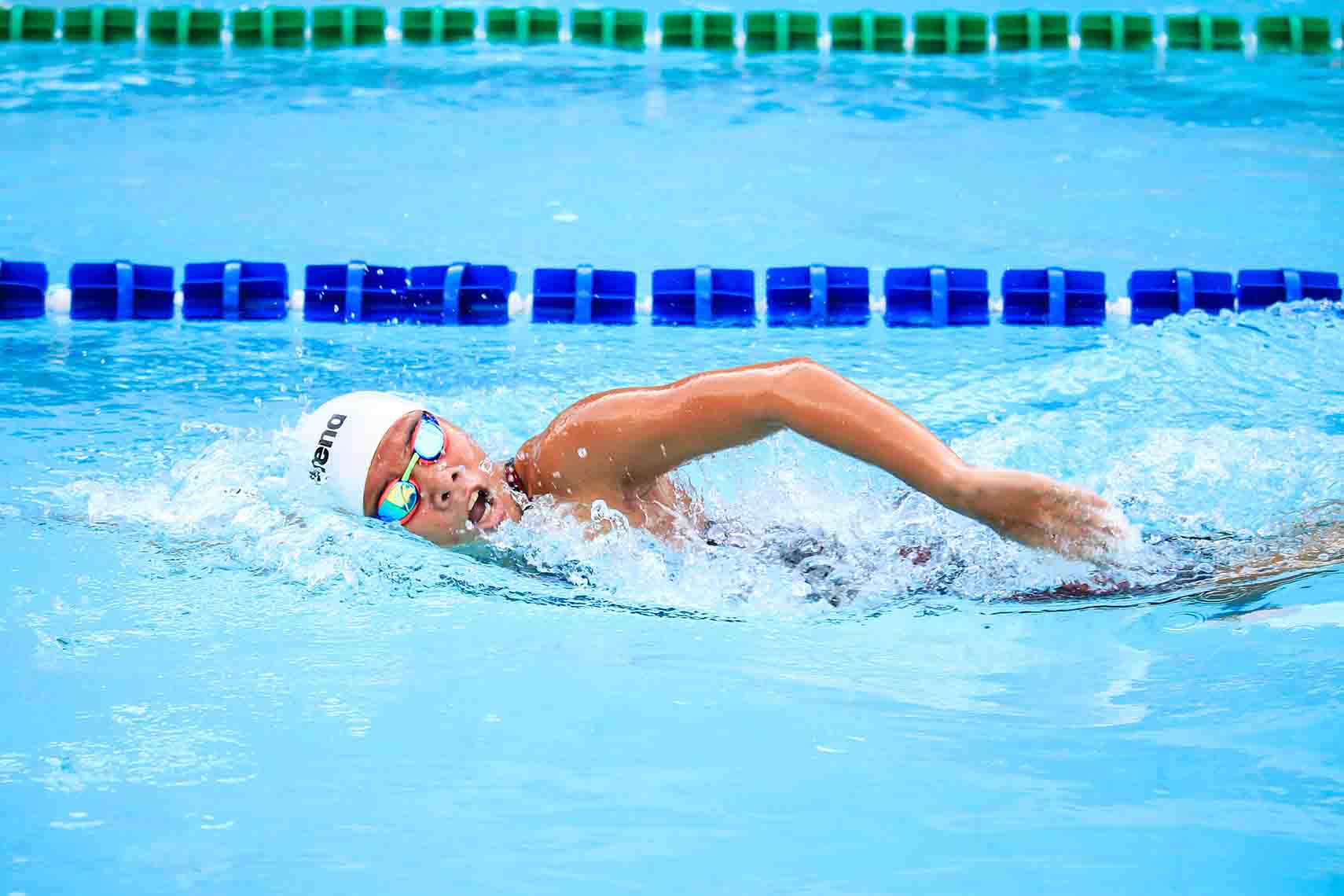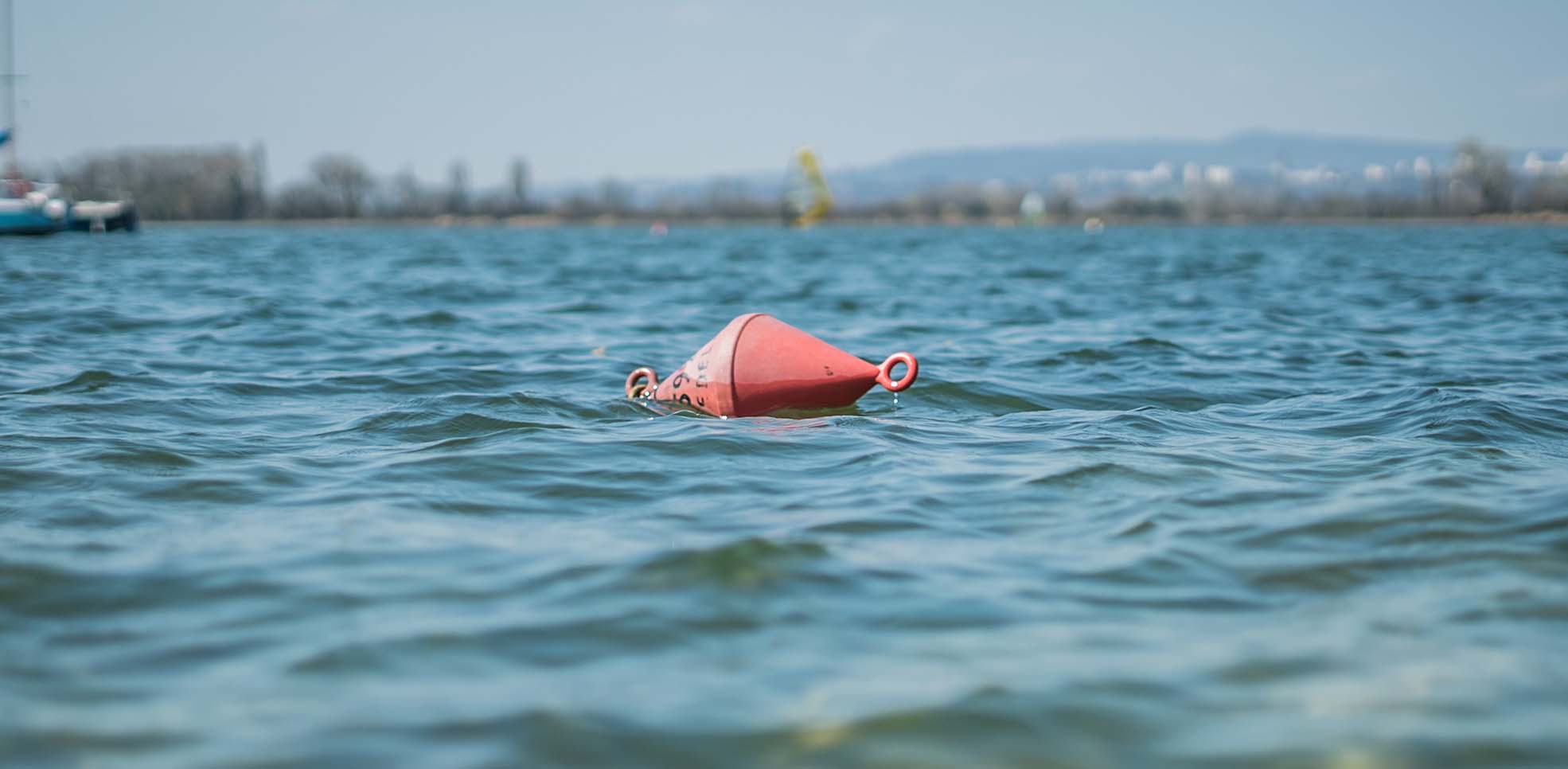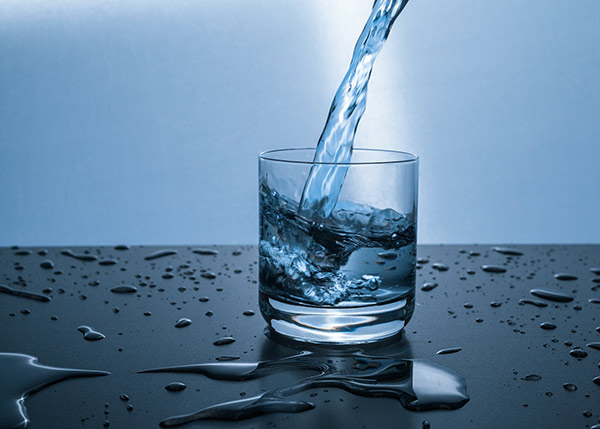Is hydrotherapy right for you?
First you have to ask yourself, what is hydrotherapy? In the most basic sense of the word, hydrotherapy is supervised exercise in a heated pool. It combines the benefits of a non-weight bearing environment with the relaxation of warm water. This combination helps improve function of the body and mind. Therefore, hydrotherapy is tremendous for general fitness or to aid in the rehabilitation of various injuries and conditions.
General Hydrotherapy Benefits
There are several properties of the water that are truly beneficial to hydrotherapy. I’m not going to give you a science lesson but I will mention four things you need to know about the water and why it will help you.
1. Buoyancy
First is the force opposing gravity in water.. Buoyancy! Personally, I think buoyancy is the most important factor to why hydrotherapy is a great way to exercise. It can provide pain relief by relieving pressure from weight bearing joints. Then with all of the pain and pressure that is taken away from the joints it significantly improves your mobility. Buoyancy means my hydrotherapy clients move freely in the water when they otherwise struggle to move on land. I get the joy of seeing clients happier because of this.
2. Hydrostatic Pressure
Hydrostatic pressure also helps relieve pain in the body. It allows tension to be evenly distributed over all surfaces of the body. This tension varies at different depths, which is why you may see more of my clients stay at shoulder height level in the pool. The even distribution allows for improved blood circulation. It also prevents blood from gathering in the lower part of the body, reducing swelling and pain. This can also help take waste products out of the muscles and joints, further reducing pain.
3. Turbulence
Another great benefit of hydrotherapy is turbulence. Turbulence is irregular movement of the water molecules, which is typically from your own movement in the water. However, other people in the pool and surrounding jets create even more turbulence. This might sound like a disadvantage but the turbulence can be useful during hydrotherapy. Turbulence can help relieve tight or sore muscles and assist in the movement of fluid through the joints. It helps in a similar way to sitting in front of a jet in the water. The jet would create pressure on the sore tissue and allow it to relax. This is what general turbulence does as well.
Turbulence during hydrotherapy also provides resistance. This assists in your rehabilitation because the turbulence is constantly changing. It challenges your strength, balance and control in a new way during every session. Consequently, you will continue to improve your mobility and function. I have a lot of clients that use the resistance to their advantage and even add extra weight with equipment to create more turbulence.
4. Temperature
Temperature is an important part to the relaxation side of hydrotherapy. The hydrotherapy pool water temperature is maintained around 31°C. The warmth of the water allows you to relax and can help reduce muscle spasms. Personally, being cold makes me tense and unwilling to move so the warm water is very encouraging to jump in to. Additionally, the warmth of the water and increased movement helps improve blood circulation around the body. As discussed with hydrostatic pressure, improved circulation can decrease swelling and pain caused by swelling.
Overall, these properties introduced during hydrotherapy have a positive influence on function, health and injury. Furthermore, general fitness such as hydrotherapy can benefit psychological wellbeing. It is well known that exercise can reduce depression and daily anxieties. This is also true for hydrotherapy, however, the properties of the water provide a relaxing environment increasing its psychological benefits. I consistently see clients recover and become more motivated when they continue with their program regularly.
Conditions Suitable for Hydrotherapy
Other than for general fitness, hydrotherapy is suitable for a wide range of conditions and injuries. Below is a list of the most common conditions I refer for hydrotherapy. This list is not concrete so if you have a condition or injury not on the list then always ask your physiotherapist if it is an appropriate form of exercise for you.
- Back pain/sciatica/ lumbar pain
- Whiplash
- Pre/Post Surgery or joint replacement
- Shoulder
- Hip
- Knee
- Ankle
- Osteoarthritis
- Post immobilisation due to fracture
- Acute ankle/knee sprains
- Balance/coordination problems
- Multiple Sclerosis
- Parkinson disease
- Chronic fatigue
- Pregnancy related back and pelvic pain
Common Hydrotherapy Concerns and Contraindications
There are a few concerns that clients have prior to commencing hydrotherapy. The first is usually the temperature of the water. The water temperature is around a warm 31°C. This is a nice comfortable temperature for majority of clients. Therefore, it is warm enough for relaxation without creating discomfort due to overheating.
Another common issue is fear of water or inability to swim. The main thing you need to know is that the depth of the water gradually increases to a maximum 1.2 meters. I will always allow you to gain confidence in the water before throwing you in the deep end! Plus, most of the exercises can be completed near the edge or step so you have something to hang onto.
Lastly, another concern is around mobility. Clients requiring walking aids or clients who have a decrease in balance sometimes worry about getting into the pool. The hydrotherapy pool has multiple access points and the ability for a wheelchair entry. I have the bulk of my clients use the gradual entry which is the safest access point.
There are a few contraindications to hydrotherapy and some precautions. Most of these are around your safety and the safety of the other clients in the pool. If you have any of the following or if you are unsure about whether hydrotherapy is appropriate then ask your treating physiotherapist for advice.
- Open or infected wounds
- Skin infection
- Cold/flu or infectious disease eg gastro
- Incontinence
- Uncontrolled heart condition
- Heart disease
- Uncontrolled high blood pressure
- Kidney disease
- Uncontrolled epilepsy
- Recent chemotherapy
- Recent DVT or PE
Sport and Spinal Hydrotherapy
At Sport & Spinal Physiotherapy, hydrotherapy is run in a group setting with individual exercise programs. This means that each client has their exercises to complete based on their injury or goals. I prefer the group setting because clients can relate to one another. It brings morale and enhances motivation amongst everyone. I have seen a vast amount of clients truly benefit from the social setting. However, I also have clients that prefer to be secluded from the group and use that time as their meditation for the day. The individualised programs allow for either to be achieved during the hydrotherapy session.
If you are interested in attending hydrotherapy or want to know if it is appropriate for you, then get an assessment by one of the physiotherapists. If hydrotherapy is appropriate, they can assess your function and create goals for your program.



